(NLDO) - Looking towards the extreme binary star system Wolf-Rayet 140, NASA telescope has captured something that can explain the origin of life on Earth.
Astronomers have long been trying to track how carbon—the building block of life—is distributed throughout the universe, and now the James Webb Space Telescope, developed and operated by the agency, has made a breakthrough, according to NASA.
The discovery comes from the Wolf-Rayet 140 binary star system, which consists of two extreme Wolf-Rayet type stars, which are up to 10 times more massive than the Sun and can be as hot as 20,000-30,000 degrees Celsius.
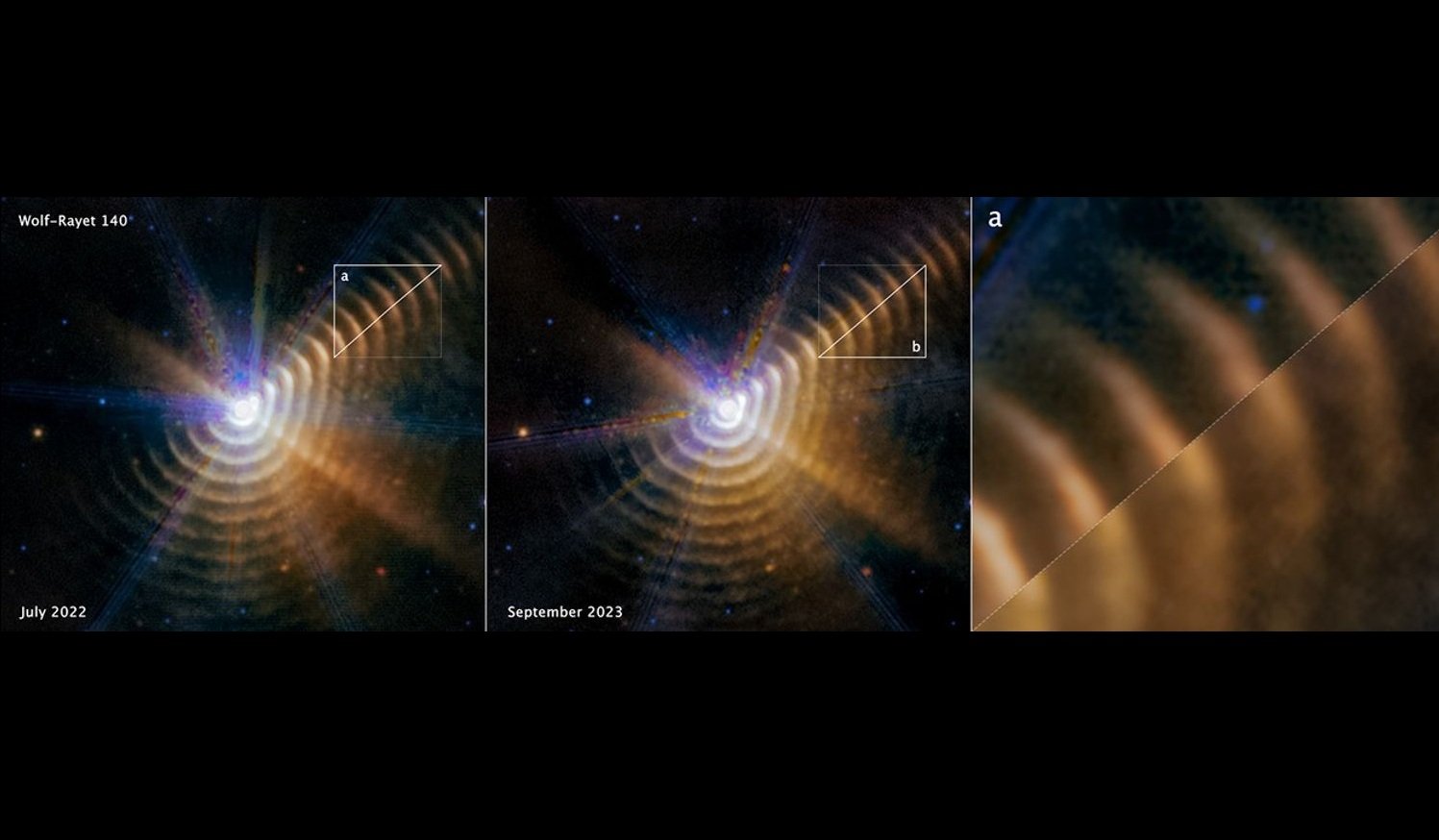
The "deadly" star pair Wolf-Rayet 140 and its carbon-rich dust layers, which are considered the seeds of life - Photo: NASA/ES/CSA
This pair of “death star” stars orbit each other in a long, narrow orbit. As they pass each other, stellar winds from each star collide, material is compressed, and carbon-rich dust forms.
The latest James Webb observations show 17 dust layers glowing in mid-infrared light expanding at regular intervals into surrounding space.
"The telescope not only confirmed that these dust layers are real, but also showed that these dust layers move outward at a uniform velocity, with visible changes over extremely short time periods," said Dr. Emma Lieb from the University of Denver (USA).
In a study recently published in The Astrophysical Journal Letters led by Dr. Lieb, scientists took a deep look at the carbon-rich dust layers that Wolf-Rayet 140 produces.
Analysis and calculations show that each dust layer lasts for more than 130 years, and that this pair of extreme objects will eventually create tens of thousands of dust layers over hundreds of thousands of years.
When they zoomed in on the dust layers, they also saw that some of the dust had accumulated into clouds the size of the entire Solar System.
This Wolf-Rayet star pair is slowly coming to an end and scientists predict it will go into a powerful supernova, blasting layers of carbon-rich dust far and wide before collapsing - possibly into a black hole.
Even though they are extreme, hellishly hot worlds, they clearly created the materials needed to build star systems like the Solar System and, even more importantly, rocky planets like our Earth.
Some ancient dust, perhaps from a long-dead Wolf-Rayet pair, became part of the material that made up the Solar System. The carbon in that dust became one of the building blocks of organic matter, or more advanced life.
Source: https://nld.com.vn/nasa-phat-hien-hat-mam-su-song-sinh-ra-tu-2-tu-than-196250116111416664.htm


![[Photo] General Secretary To Lam receives Russian Ambassador to Vietnam](https://vstatic.vietnam.vn/vietnam/resource/IMAGE/2025/4/2/b486192404d54058b15165174ea36c4e)

![[Photo] Third meeting of the Organizing Subcommittee serving the 14th National Party Congress](https://vstatic.vietnam.vn/vietnam/resource/IMAGE/2025/4/2/3f342a185e714df58aad8c0fc08e4af2)




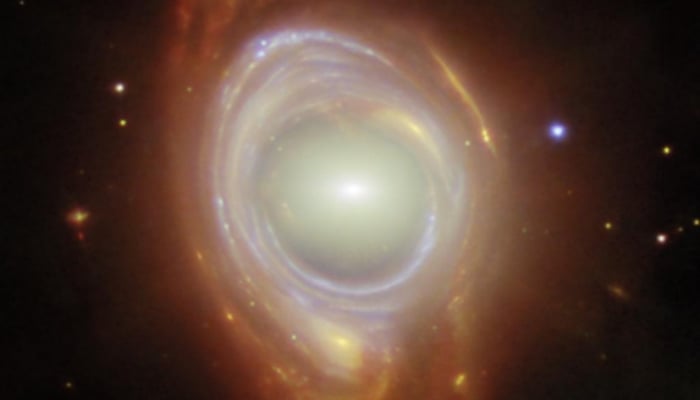

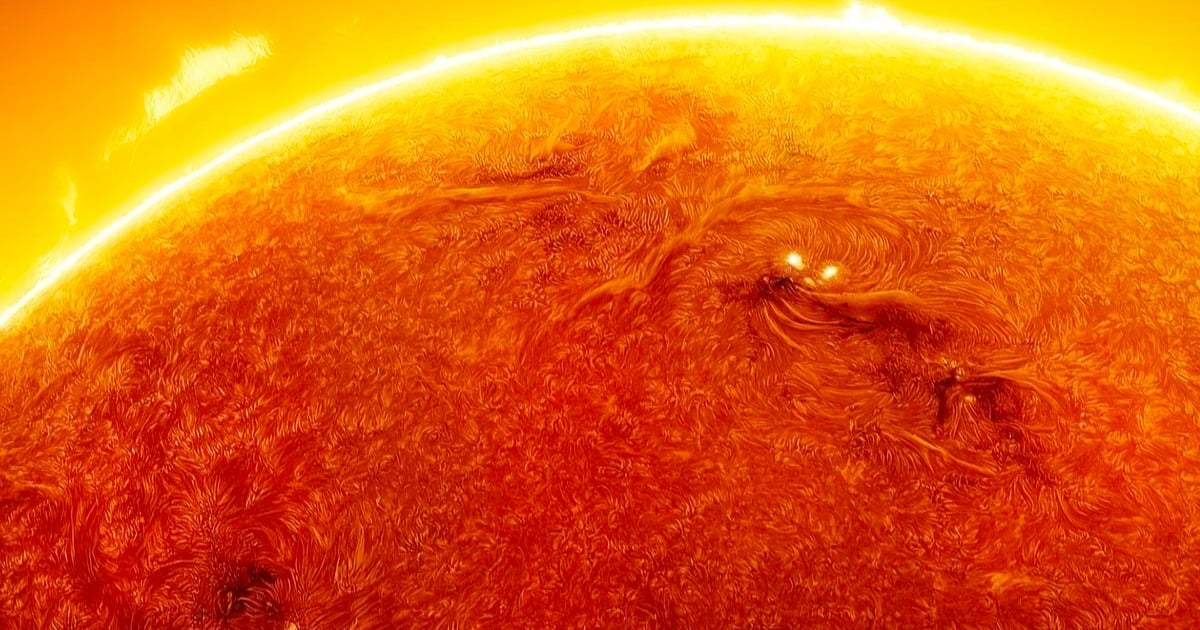


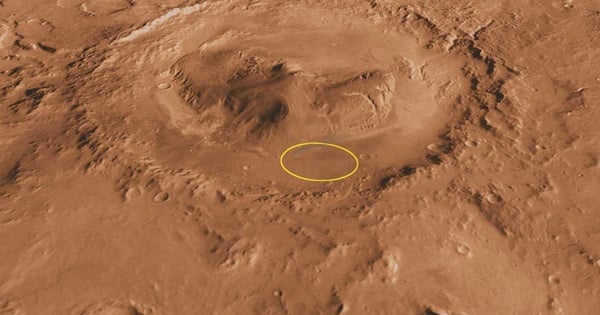






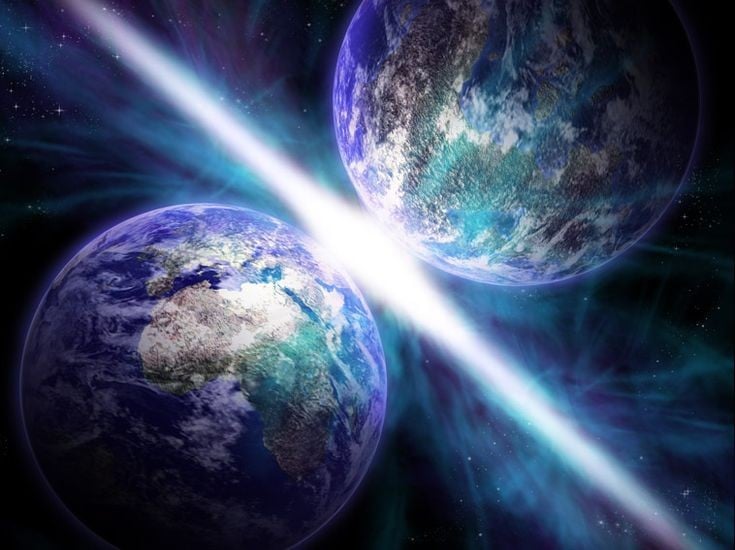
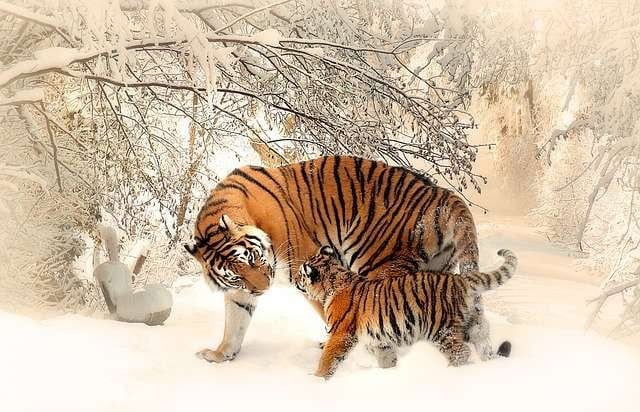









![[Photo] Relatives of victims of the earthquake in Myanmar were moved and grateful to the rescue team of the Vietnamese Ministry of National Defense.](https://vstatic.vietnam.vn/vietnam/resource/IMAGE/2025/4/2/aa6a37e9b59543dfb0ddc7f44162a7a7)




































































Comment (0)